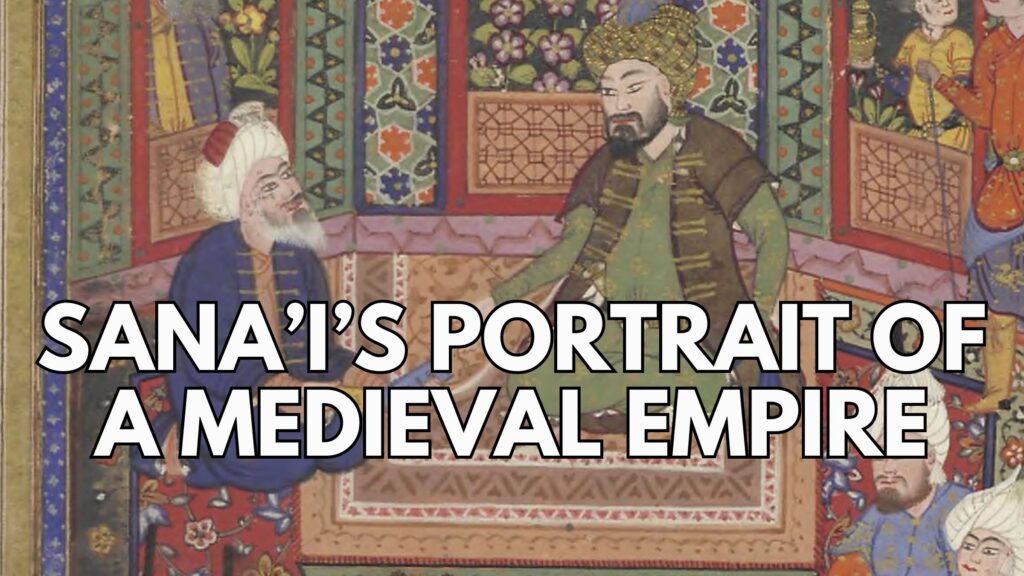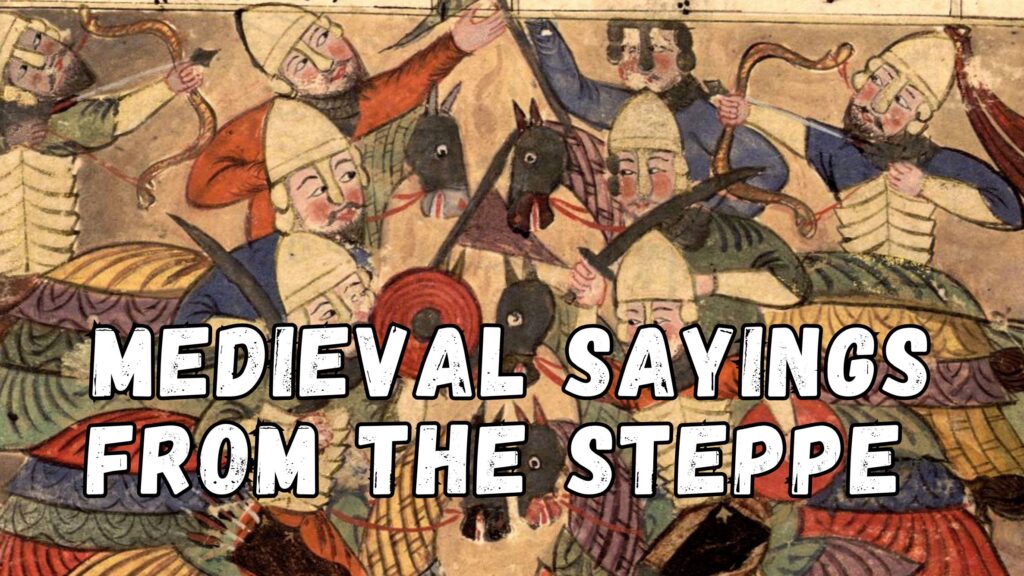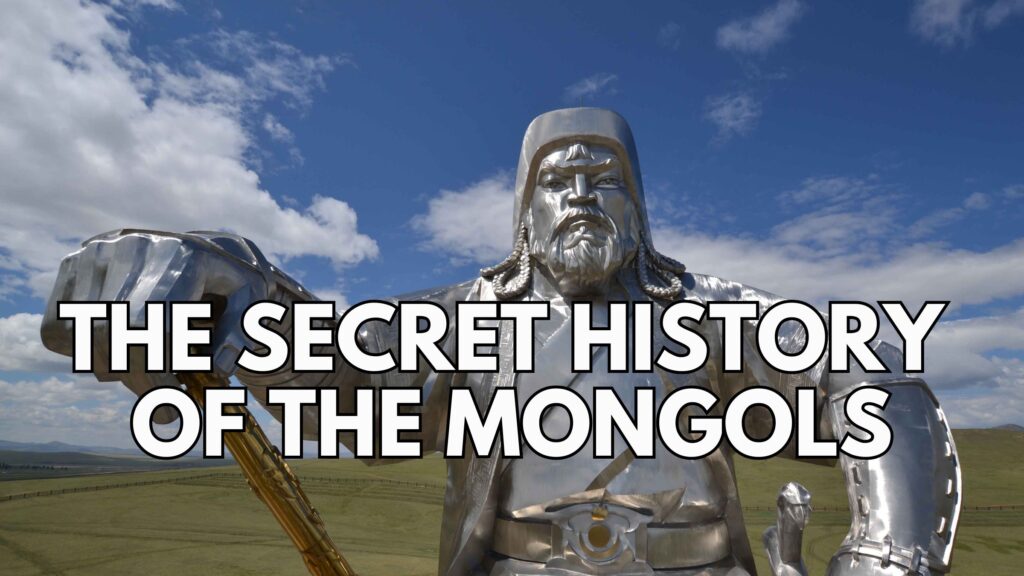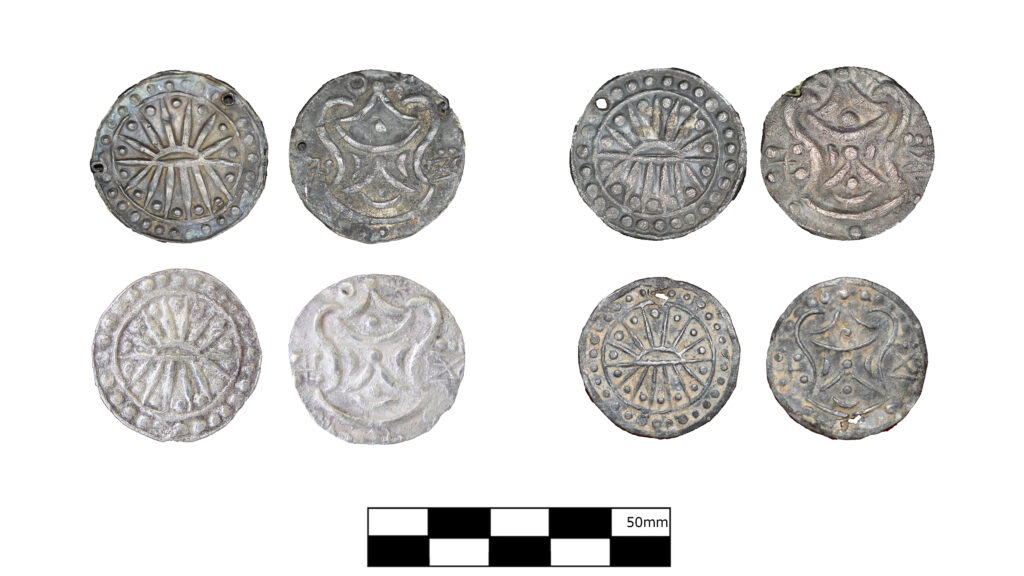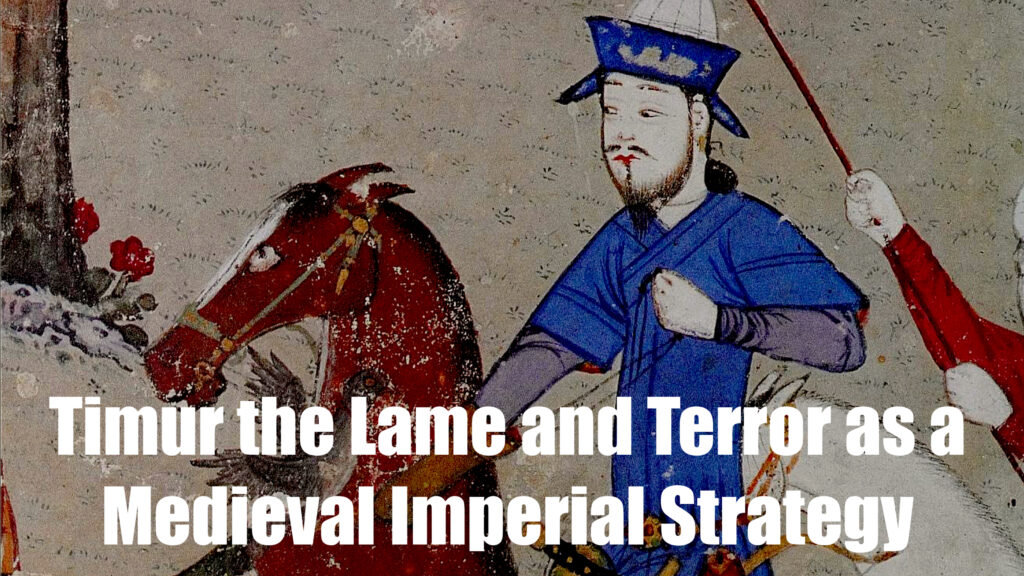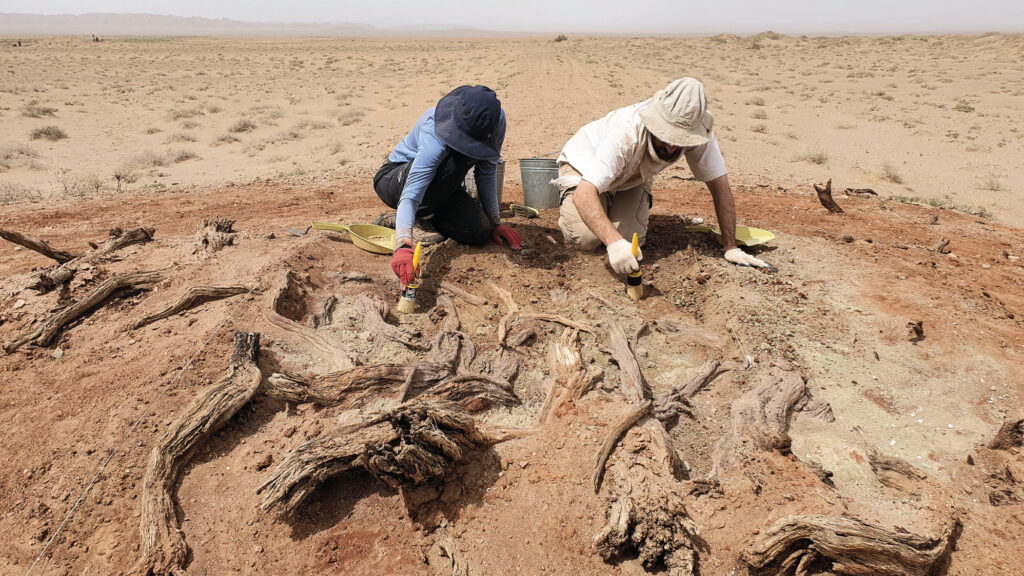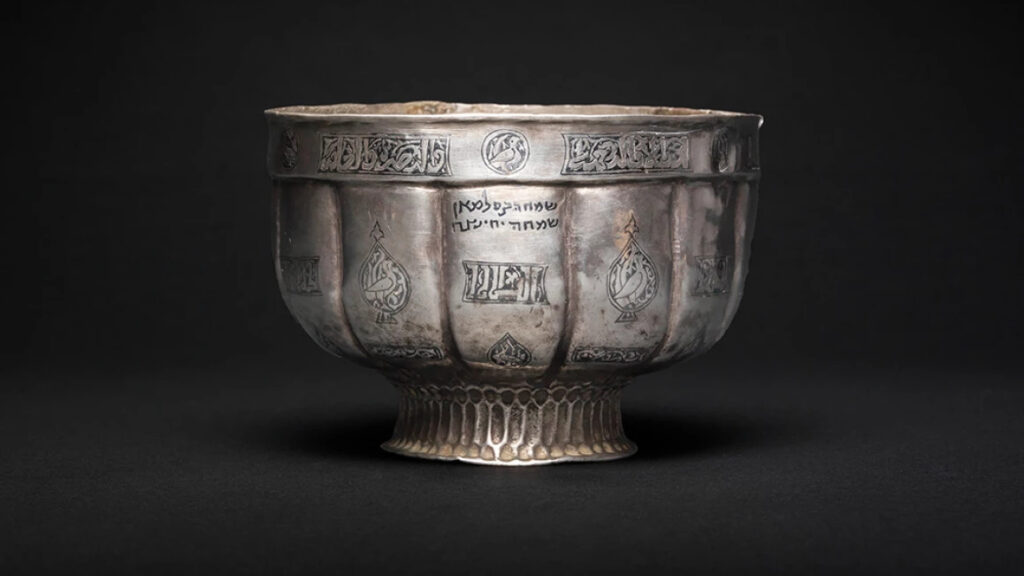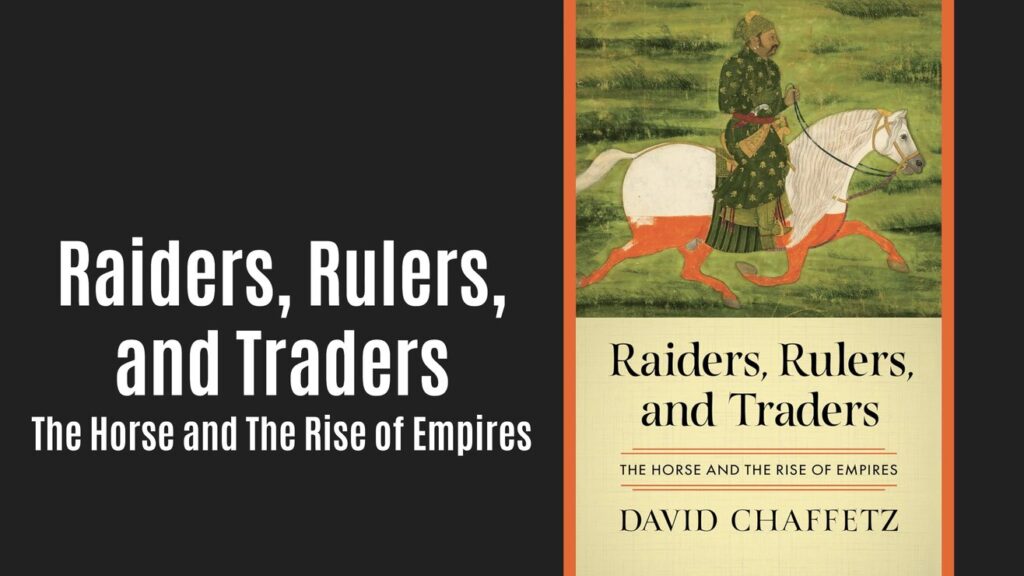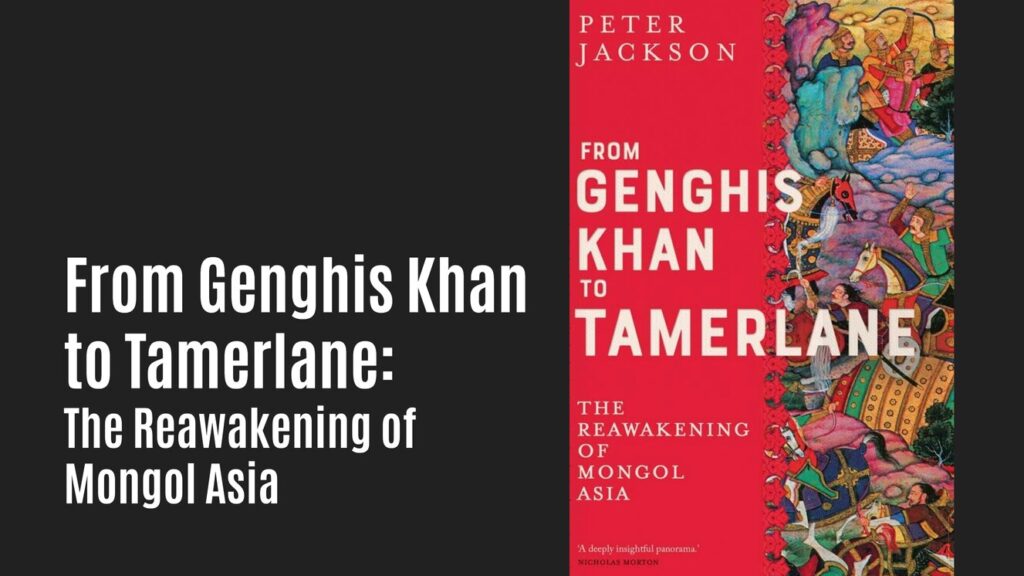Sana’i’s Sharp-Tongued Portrait of 12th-Century Ghaznavid Society
Discover how the Persian poet Sana’i captured the splendour and scandals of the Ghaznavid Empire. His verses celebrate kings and mystics yet mercilessly lampoon scholars, courtiers, and even the city itself.
15 Sayings of Medieval Steppe Warriors
Discover 15 medieval sayings from the Book of Dede Korkut, capturing the wisdom, honour, and values of nomadic steppe warriors.
The Secret History of the Mongols: The First Mongolian Chronicle
Explore The Secret History of the Mongols, the unique medieval chronicle that reveals how Chinggis Khan and his empire were remembered in their own words, blending poetry, genealogy, and history.
Coins Reveal Medieval Economic Connections in Southeast Asia
Medieval silver coins with shared designs show how Southeast Asia’s economies were connected across vast distances, offering new insights into trade, politics, and cultural interaction.
Timur the Lame’s Pyramids of Skulls: Terror as a Medieval Imperial Strategy
Discover how Timur the Lame used pyramids of human skulls to instil fear, crush resistance, and build a brutal medieval empire.
New Medieval Books: Discovered but Forgotten
Situated in the Indian Ocean, the Maldives played a key role in medieval trade networks. This book explores Chinese engagement with the islands, focusing on a two-century period during which they became an important outpost for China’s expanding maritime influence.
Medieval Frontier Walls of Mongolia Reveal Surprising New Roles, Study Finds
New research reveals that Mongolia’s medieval wall systems served not only defensive purposes but also regulated trade, movement, and daily life on the frontier.
New Medieval Books: Marco Polo and His World
Marco Polo’s account of his journey to Asia is one of the most well-known texts to come out of the Middle Ages. This book explores the people, places, and wonders that Polo described in his writings.
Medieval Cup Could Fetch $5 Million at Auction
A rare 11th–12th century Kiddush cup from medieval Khorasan—inscribed in Hebrew and Arabic—will be auctioned by Sotheby’s with an estimate of $3–5 million.
New Study Links Huns to Xiongnu Through DNA Evidence
New DNA research has uncovered a direct genetic link between some European Huns and the elite of the earlier Xiongnu Empire, a powerful nomadic state from the Mongolian steppe. The findings challenge long-standing debates on the Huns’ origins, revealing a complex web of ancestry and migration across Eurasia.
Shadow Empires, with Thomas Barfield – Byzantium & Friends, Episode 124
A conversation with Thomas Barfield about a distinctive category of empires that he has proposed in a new book, Shadow Empires: An Alternative Imperial History.
Ibn Sina and Biruni with S. Frederick Starr – The Medieval Podcast, Episode 266
Experimenting, translating, and philosophizing about physics and metaphysics, biology and geology, two great thinkers from Central Asia stand out both for their achievements, and their completely opposite points of view. This week on The Medieval Podcast, Danièle speaks with S. Frederick Starr about the work and the lives of Ibn Sina (aka Avicenna) and Biruni, their contributions to science and culture, and the reason they outright despised each other.
Two medieval cities discovered in the mountains of Central Asia
The first-ever use of drone-based lidar technology in Central Asia has allowed archaeologists to uncover two significant medieval trade cities in Uzbekistan’s mountainous…
Afghanistan: A Forgotten Medieval Kingdom
Uncover the history of Afghanistan’s forgotten medieval kingdom, written about in a 14th-century chronicle but lost to time. Learn how this kingdom, ruled by a Kurdish dynasty, resisted Mongol dominance before fading from the historical record.
New Medieval Books: Raiders, Rulers, and Traders
A sweeping history from prehistoric times to the 20th century, this book examines how the horse helped shaped civilization along the Eurasian Steppe. Several chapters focus on medieval empires, including the Turks, Mongols and Timurids.
New Medieval Books: Empire in the Western Ocean
This book chronicles the rise of the Ming Dynasty and their creation of a formidable naval power that extended far beyond China’s shores, reaching deep into the Indian Ocean.
Elite Grave from Medieval Mongolia Uncovered
Archaeologists in Mongolia have unearthed an elite grave that sheds light on a little-known era before the rise of the Mongol Empire. This extraordinary find offers a rare glimpse into the lives of powerful individuals navigating political upheaval and shifting alliances on the medieval steppe.
The Royal Red Tents: A Symbol of Power in Medieval Afghan History
Scarlet pavilions once stood as vivid symbols of medieval kingship, where the color red signified royal power and ancient traditions. Dive into the story of how these iconic tents shaped and reflected the authority of Afghan rulers in a medieval world.
Betrayal at the Banquet: A Forgotten Afghan Tragedy
Have you ever heard of a banquet ending in massacre? Dive into the forgotten story of betrayal and revenge that unfolded centuries ago in medieval Afghanistan.
Early Medieval Writings in South Asia to be Explored
An exciting new project aims to delve into early medieval writings in South Asia, offering fresh insights into a pivotal historical period. This groundbreaking research will reveal long-forgotten aspects of the region’s past.
How the Borders within Asia changed during the Middle Ages
The Middle Ages would see the rise and fall of many states, and almost constantly changing borders in any region. These videos show Asia during the medieval period, revealing how its empires and states came and went over years, decades and centuries.
New Medieval Books: Across the Green Sea
Examines the connections – commercial and cultural – between various communities and peoples around the western half of the Indian Ocean. There would be much competition in this maritime world, from local players as well as from European and Ottoman powers.
New Medieval Books: Tajikistan’s National Epics
Here are translations of two works by a Tajik historian – the first deals with Al-Muqanna, an 8th-century military leader who rebelled against the Abbasid Caliphate, and the other is on Temur Malik, who fought against the Mongols in the 13th century. Both are important figures in medieval Central Asian history.
New Medieval Books: From Genghis Khan to Tamerlane
A look at how the peoples and states of Central Asia and Persia coped with the Mongol invasions and conquests, ranging from the Ilkhanate to the Timurids. Includes an in-depth examination of the warlord Timur and his impact on the region.
New Medieval Books: The King’s Road
‘A Bottom-Up History of Diplomacy’ along the Silk Road between China and Central Asia, this book focuses on the years 850 to 1000. It aims to show the Silk Road was just as important a route for envoys as it was for merchants.
